From search to social: Inside the billions shifting to social-first marketing
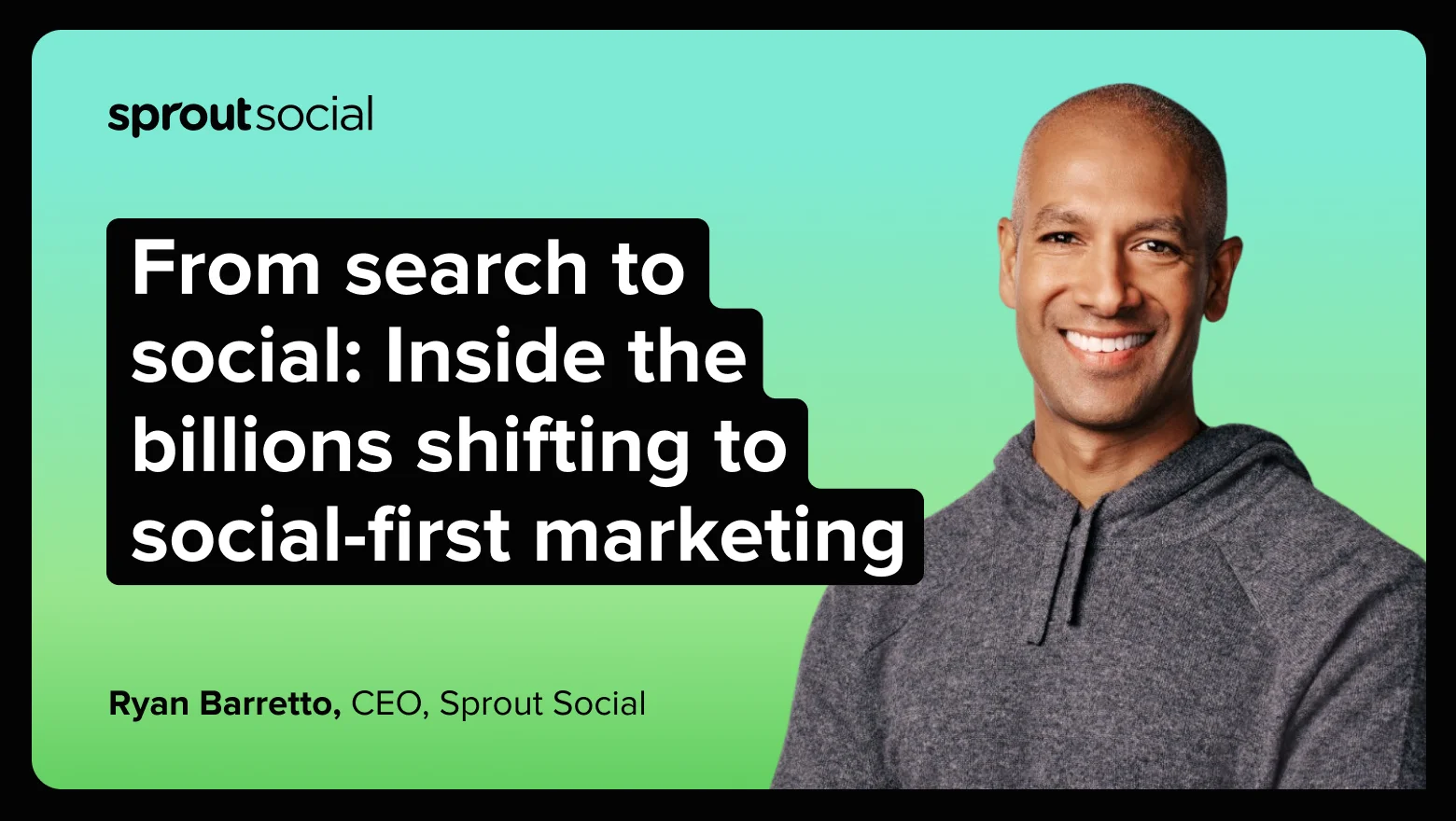
When Unilever’s CEO announced plans to reallocate half of the company’s media budget to social, it signaled a massive shift. Forward-looking executives at the world’s biggest brands are no longer just testing the waters with social media. They’re diving in headfirst.
The 2025 Impact of Social Media Marketing Report confirms this trend, with 80% of marketers reallocating funds from traditional channels to social.
Why? Social media and AI have changed everything. Traditional search is dying, website traffic is falling fast, email engagement is in decline and traditional TV is losing its audience. Meanwhile, social is where consumers turn to learn about new brands, to find product recommendations from creators, to get customer support and—most importantly—where they spend their time in today’s attention economy. Budgets on social media ads alone are expected to reach $406 billion globally by 2029.
Because of this, we are living in the “social intelligence era”—a time when brands’ biggest asset is social media. Top leaders know the stakes are higher, the pace is faster and they can’t afford not to invest accordingly.
What social-first marketing means today
Social-first marketing places social media at the core of a brand’s go-to-market strategy, rather than treating it as just a distribution channel. In this model, social media intelligence influences everything from creative direction to real-time campaign feedback.
Content is platform-native, specific to the audience niche, and designed to foster engagement and community. But it goes so much further than publishing.
With true social-first marketing, brands rely on social intelligence insights to drive strategy and product development, which leads to more effective marketing, service and sales.
Examples of how social-first marketing leads to measurable business impact
Wild
Wild, a UK personal care brand acquired by Unilever, built its business on social media from the start. Over one-third of its team is dedicated to influencer marketing, which is viewed as a primary sales channel rather than just a tool for brand awareness.
According to Laura Donadio, former Global Head of Influencer & Partnerships at Wild, Wild’s influencer team goals are only bottom of the funnel (i.e., new customer acquisition and conversion).
Duolingo
Duolingo’s strategy seamlessly integrates its social media presence with its product and campaigns. For example, their viral Big Game ad featuring Duo the Owl, their social media-famous mascot, was immediately followed by a push notification to millions of users, prompting them to complete a lesson.
This led to a surge in account reactivation and lesson completion, with fans sharing their appreciation on social, creating a powerful, full-circle moment. One that started with a social-first character and persona, bridged in-app engagement with traditional advertising, and came right back to social, earning millions of impressions in the process.
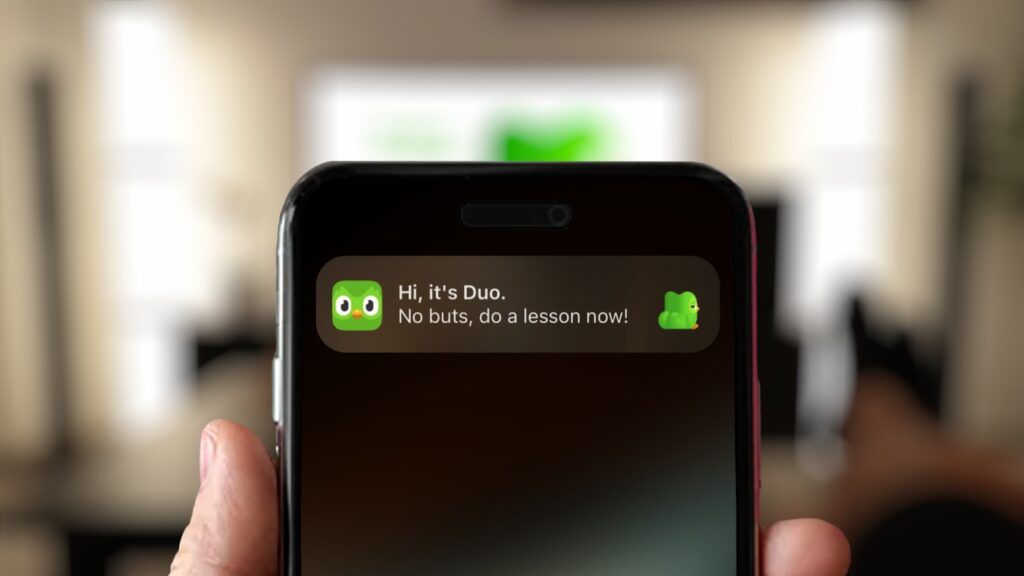
Lowe’s
The home improvement brand recently launched the Lowe’s Creator Network, a new affiliate program for DIY creators. The program enables creators to monetize their content with competitive commissions and personalized storefronts linked to Lowes.com. With over 17,000 creators already signed up, this initiative aims to engage Millennial and Gen Z audiences who frequently seek project inspiration and product recommendations from online creators.
The budget impacts of social-first marketing
The rise of social-first marketing coincides with a harsh reality: The traditional playbook is broken. As social media becomes a central force in how people discover and buy, investments are finally starting to reflect its influence. This isn’t just a reallocation—it’s a fundamental shift driven by necessity, and the clear path to sustainable growth.
The Impact of Social Media Marketing Report found that 87% of marketing leaders anticipate increasing their paid social spend, while just over 80% will increase their spend in influencer marketing and organic social.
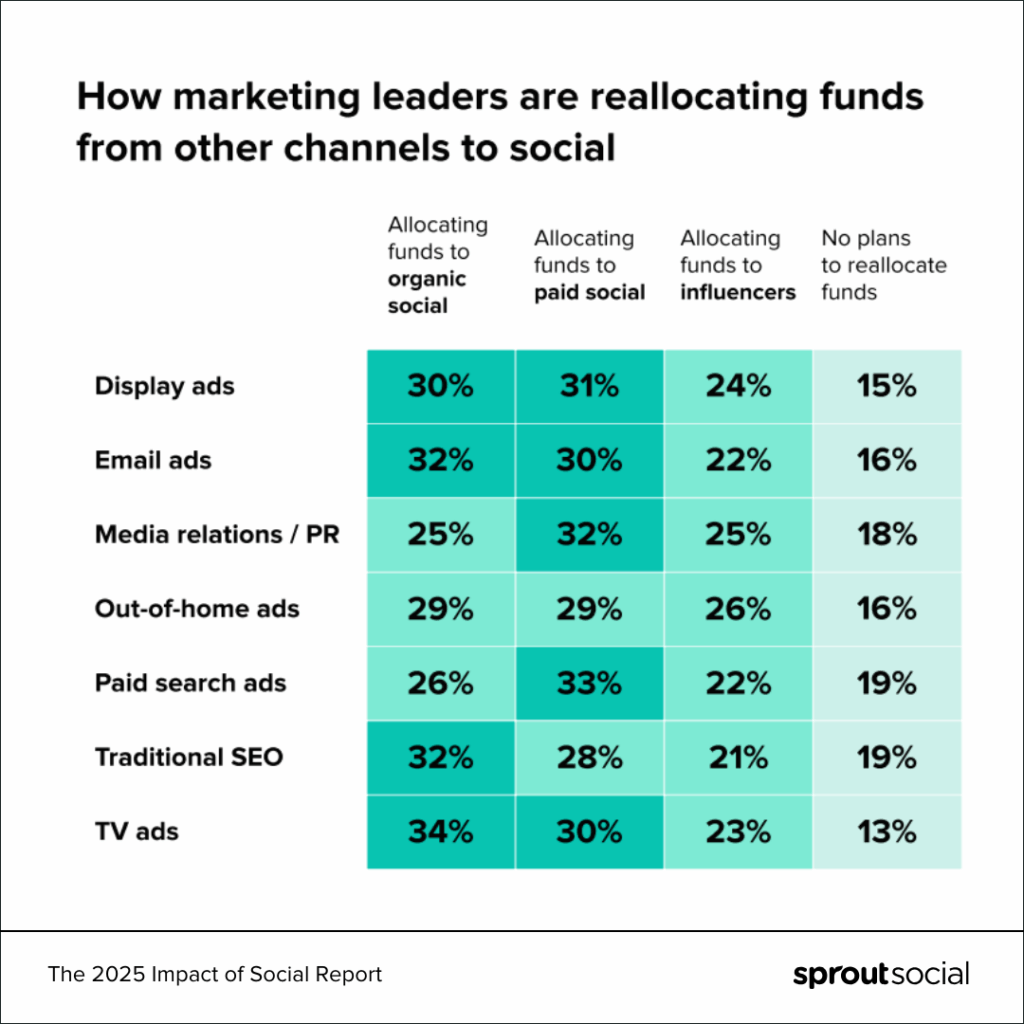
UK retailer Marks & Spencer (M&S) is among the brands doubling down, with their social spending now matching their TV budget, a move that helped them dramatically increase sales from Gen Z shoppers.
How to show the impact of social-first marketing
With marketing budgets increasingly shifting towards social media, teams are facing heightened pressure to demonstrate a clear return on investment. Success hinges on a dual strategy: connecting social efforts to revenue and proving internal efficiency.
Tying social initiatives to revenue requires robust attribution models and technology that transforms social from a siloed marketing channel into a company-wide system of record, intelligence and action.
However, it’s equally important to show how efficiently your team is operating. According to The Impact of Social report, marketing leaders who define ROI in terms of efficiency are more likely to say their teams excel at proving social’s value.
To bridge this gap, investing in your team’s workflow is key. AI-powered tools and agents can streamline tasks like detecting emerging trends and sentiment, optimizing publishing, responding to customers and vetting influencers.
By reducing operational burdens, you empower your team to focus on high-impact work—perfecting the customer experience, crafting strategic campaigns and producing quality content. Ultimately, investments in social will only pay off if your team is equipped to move quickly and strategically, with the right tools and executive support to keep pace with the dynamic world of social media.
Because, as we know in the C-suite, “likes” mean nothing. The currency is growth, efficiency and resilience. Social-first teams win because they connect every post, conversation, and creator to either revenue impact or cost reduction, and are backed by attribution models that hold up in the boardroom.
The future is social-first
The shift to social-first marketing isn’t a passing fad. It’s an introduction to a new era.
As audiences continue to rely on social to discover, evaluate and engage with brands, marketing leaders will move budgets, people and tools to match. But simply reallocating spend isn’t enough. To drive impact, teams need the infrastructure and insights to turn social into a measurable growth engine. The brands that win in this new era won’t just be present on social. They’ll be built for it.
It’s clear that the future belongs to brands who lead with social. Download our 2025 Impact of Social Media Report to find out what separates teams who can prove social ROI from those who can’t.

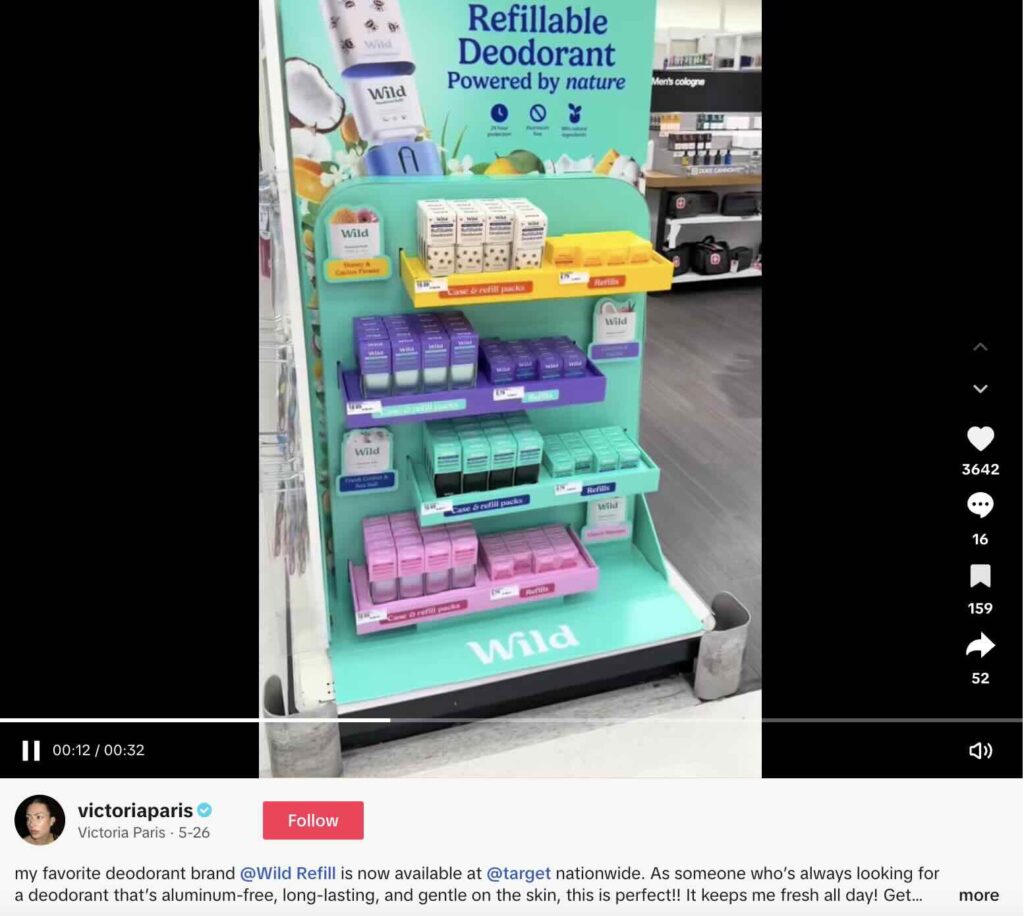
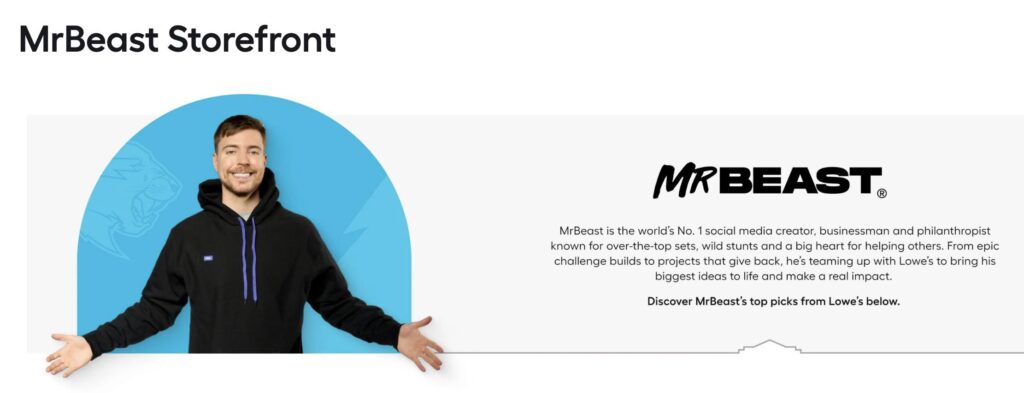
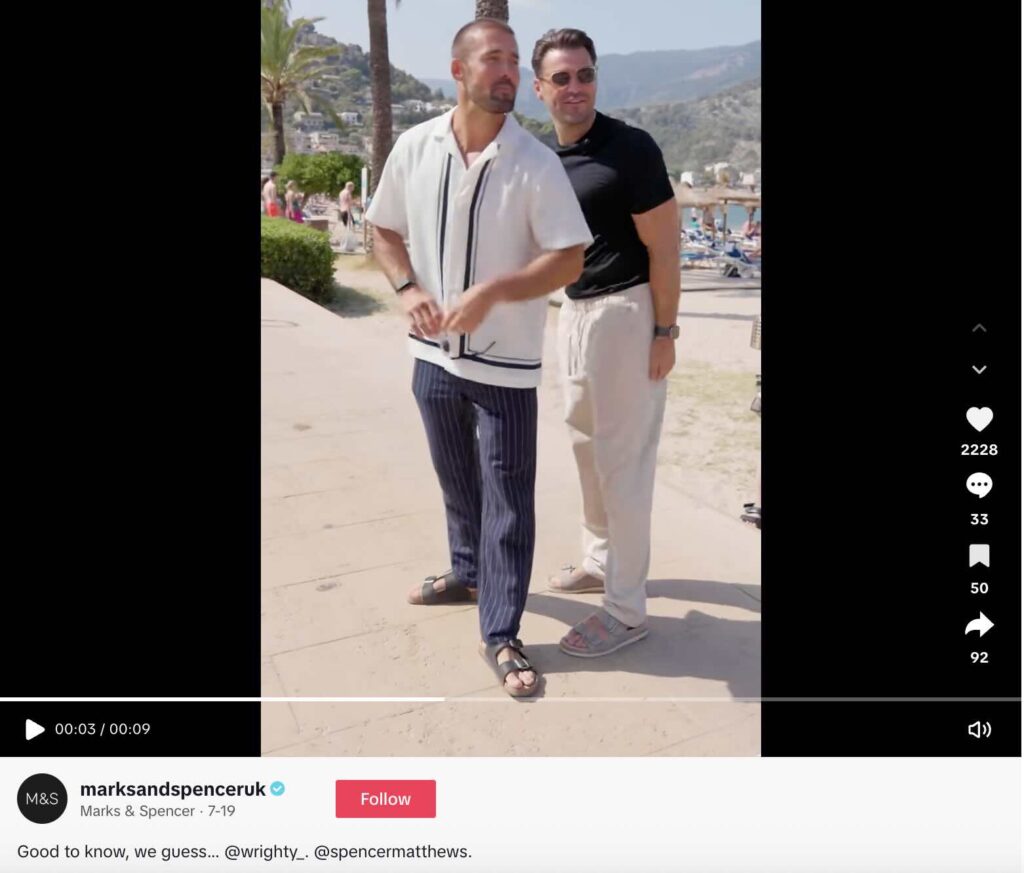

Share